National Rosacea Awareness Month: Everything You Need to Know About This Skin Condition
April is National Rosacea Awareness Month, a time to raise awareness about this common skin condition that affects an estimated 16 million people in the United States alone. It can be a frustrating and sometimes embarrassing condition, but it is manageable with the proper treatment and care. This blog post will cover everything you need to know about rosacea, including its causes, symptoms, and treatments.
National Rosacea Awareness Month was created by the National Rosacea Society (NRS) in the United States in 1992. The NRS established April as National Rosacea Awareness Month to raise public awareness about rosacea, a common but often misunderstood skin condition affecting millions of people worldwide. During this month, the NRS organizes various activities and events to educate people about the signs, symptoms, and treatment options.
The discovery of rosacea is not attributed to a specific individual, as it is a skin condition that has been recognized for centuries. However, the term "rosacea" was first used in the 19th century by a French dermatologist named Dr. Émile Bazin. He described a condition that caused redness and inflammation on the face and called it "acne rosacee" or "rosacea acne." Since then, our understanding has evolved. It is now recognized as a chronic inflammatory skin condition that can cause various symptoms, including facial redness, bumps, and pimples. While the exact cause of rosacea is not fully understood, research has identified various triggers and treatment options that can help manage the symptoms of this condition.
Rosacea Overview
Rosacea is a chronic inflammatory skin condition characterized by redness, flushing, and sometimes bumps and pimples. It typically affects the face, most commonly occurs in adults over 30 years old, and is more common in women than men. While the exact cause of rosacea is not fully understood, it is thought to be related to a combination of genetic, environmental, and lifestyle factors.
What are the Symptoms of Rosacea?
The symptoms of rosacea can vary widely from person to person and can include facial redness, flushing, bumps, and pimples. In some cases, rosacea can also cause eye irritation and dryness. The most common rosacea symptoms include:
- Facial redness or flushing
- Small, red bumps or pimples on the face
- Eye irritation or dryness
- Thickened skin on the nose or other areas of the face
- Burning or stinging sensations on the face
- Swollen or red eyelids
What Causes Rosacea?
The exact cause of rosacea is not fully understood; however, most professionals believe it is related to a combination of genetic, environmental, and lifestyle factors.
Rosacea is not always visible, but it is a chronic skin condition that tends to cause visual symptoms that can come and go over time.
Some of the potential triggers for rosacea include:
- Sun exposure
- Hot or spicy foods
- Stress
- Certain medications
- Extreme temperatures or weather conditions
- Exercise
- Alcohol
- Hot drinks
- Skincare products with harsh ingredients
What Does Rosacea Feel Like?
While the visible symptoms of rosacea can be a significant concern for many people, not all symptoms are visible. Some people with rosacea may experience burning, stinging, tightening, or itching sensations on their skin, even when there are no visible signs of the condition. In some cases, these sensations may be the only symptom of rosacea, and they can be challenging to manage.
Types of Rosacea
The National Rosacea Society classifies rosacea into four subtypes based on the predominant signs and symptoms:
- Erythematotelangiectatic rosacea (ETR): This subtype is characterized by facial redness, flushing, and visible blood vessels (telangiectasias). People with ETR may also experience a burning or stinging sensation on their skin.
- Papulopustular rosacea (PPR): This subtype is characterized by facial redness, bumps, and pimples. It can be mistaken for acne, but unlike acne, it does not have blackheads or whiteheads.
- Phymatous rosacea: This subtype is characterized by thickened and bumpy skin, usually on the nose, chin, forehead, and cheeks. It can cause the nose to become bulbous and red, a condition known as "rhinophyma."
- Ocular rosacea: This subtype affects the eyes, causing redness, dryness, burning, and a gritty feeling. It can also cause blurry vision and sensitivity to light.
These subtypes are not mutually exclusive, and some people with rosacea may experience symptoms of more than one subtype.
How is Rosacea Treated?
While there is no cure for rosacea, there are several treatment options available that can help to manage its symptoms. Some of the most common treatments for rosacea include:
- Topical medications, such as antibiotics or anti-inflammatory creams
- Oral medications, such as antibiotics or low-dose isotretinoin
- Laser or light therapy
- Changes to diet or lifestyle, such as avoiding triggers or wearing sunscreen regularly
What is the Best Skincare Routine for Rosacea?
When it comes to managing rosacea, a gentle skincare routine is key. Here are some tips for creating a rosacea-safe skincare routine that's gentle on your skin:
- Use a mild, fragrance-free cleanser to wash your face twice a day. The Daily Soothing Cleanser from Sente is one of our favorites.
- Avoid harsh scrubs, exfoliants, and other irritants.
- Look for moisturizers specifically formulated for sensitive skin, and apply them twice daily. We love this deeply moisturizing and relaxing Dermal Repair Cream.
- Wear sunscreen with at least SPF 30 every day.
- Make sure any anti-aging serum you use is made especially for rosacea-prone skin, such as this Bio Complete Serum.
- Use caution when trying new skincare products, and patch test them first to ensure they don't irritate your skin.
Rosacea FAQs
- Is rosacea contagious? No, rosacea is not contagious and cannot be spread from person to person.
- Can rosacea be cured? There is no cure for rosacea, but several treatment options are available that can help manage its symptoms.
- Can rosacea cause permanent damage to the skin? In some cases, rosacea can lead to permanent skin changes, such as thickened skin on the nose or other areas of the face. However, these changes can often be minimized with proper treatment and care.
- Can rosacea affect other parts of the body besides the face? Rosacea typically affects the face, but in rare cases it can also affect the neck, chest, or scalp.
- Who is at risk for rosacea? Rosacea can affect anyone, but it's more common in fair-skinned individuals and women. It typically affects adults over the age of 30.
- How is rosacea diagnosed? A dermatologist can diagnose rosacea based on a physical examination of your skin and a review of your symptoms.
- What should I avoid if I have rosacea? You can prevent a flare-up by knowing your triggers and taking steps to protect yourself. Triggers may include sun exposure, stress, cold weather, spicy food, alcohol, etc.
- What is the best skincare routine for rosacea? The best skincare routine for rosacea is one that is gentle and non-irritating. Use a mild cleanser, avoid harsh scrubs or exfoliants, and look for products specifically formulated for sensitive skin.
- Can I wear makeup if I have rosacea? Yes, you can wear makeup if you have rosacea. Look for non-comedogenic, fragrance-free products and specifically formulated for sensitive skin. Avoid heavy foundations or products with harsh ingredients.

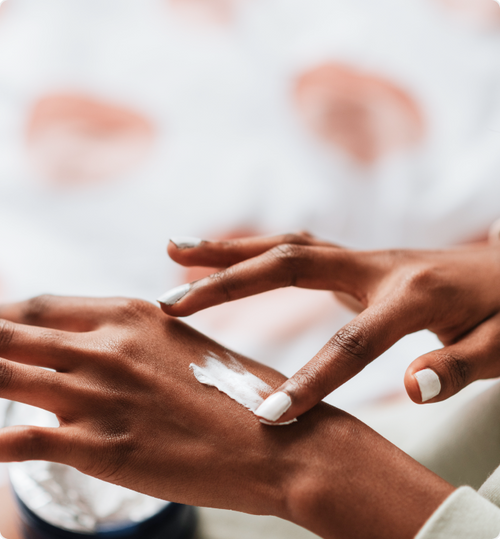
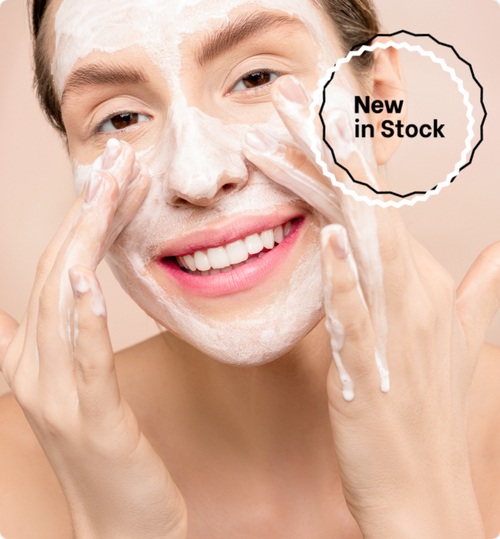
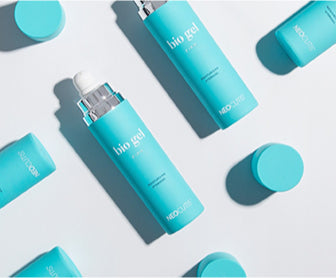
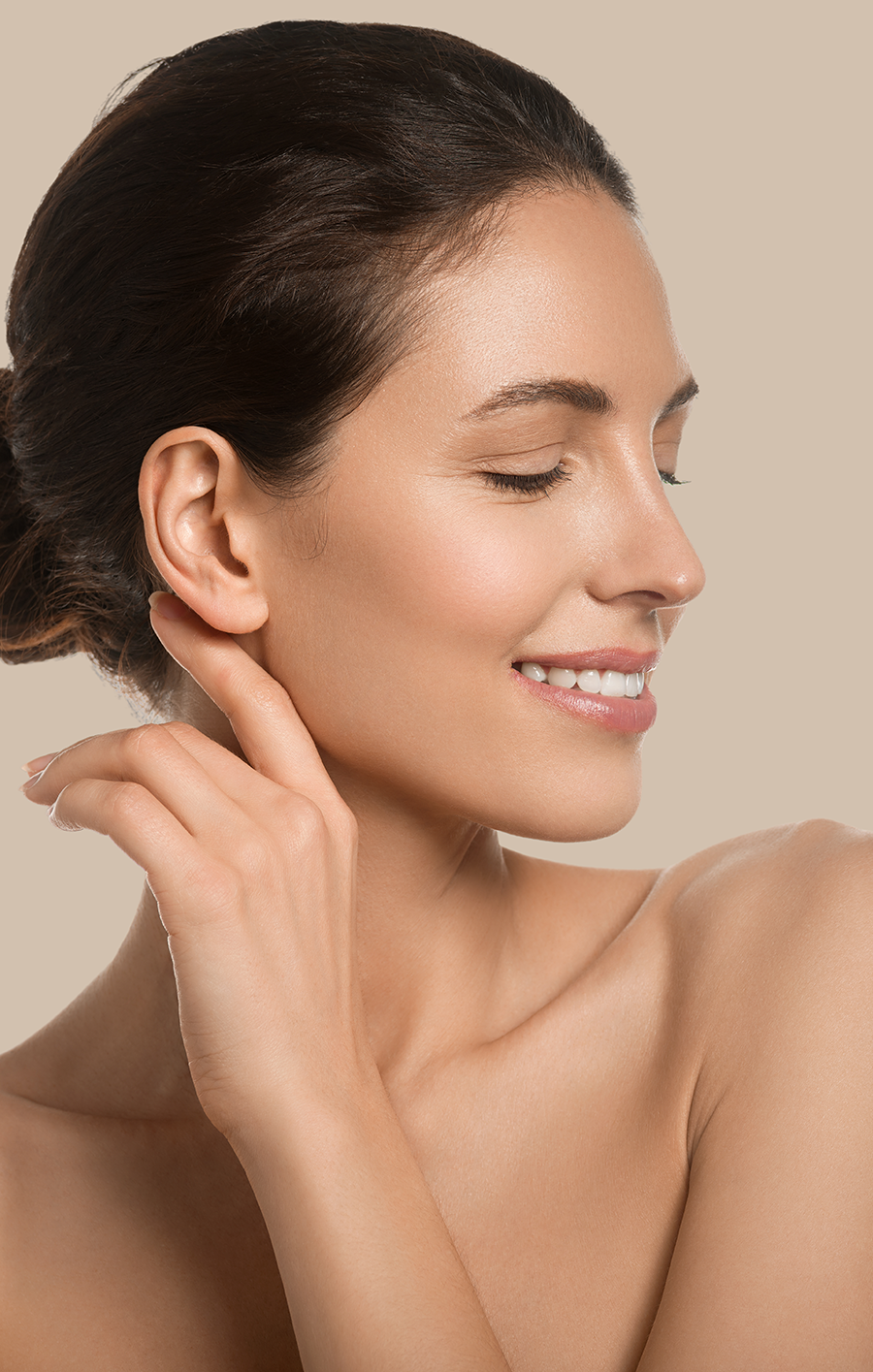
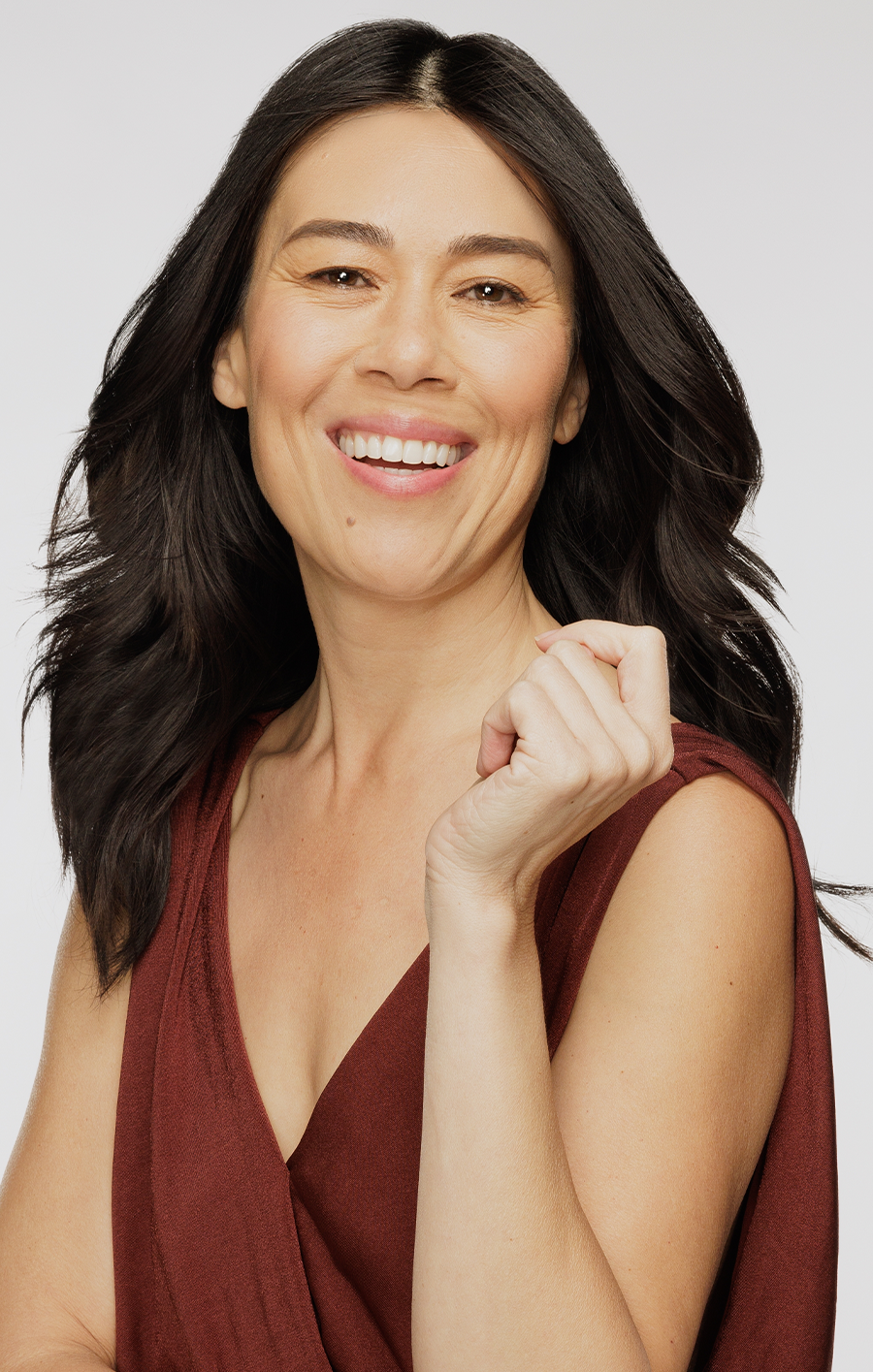
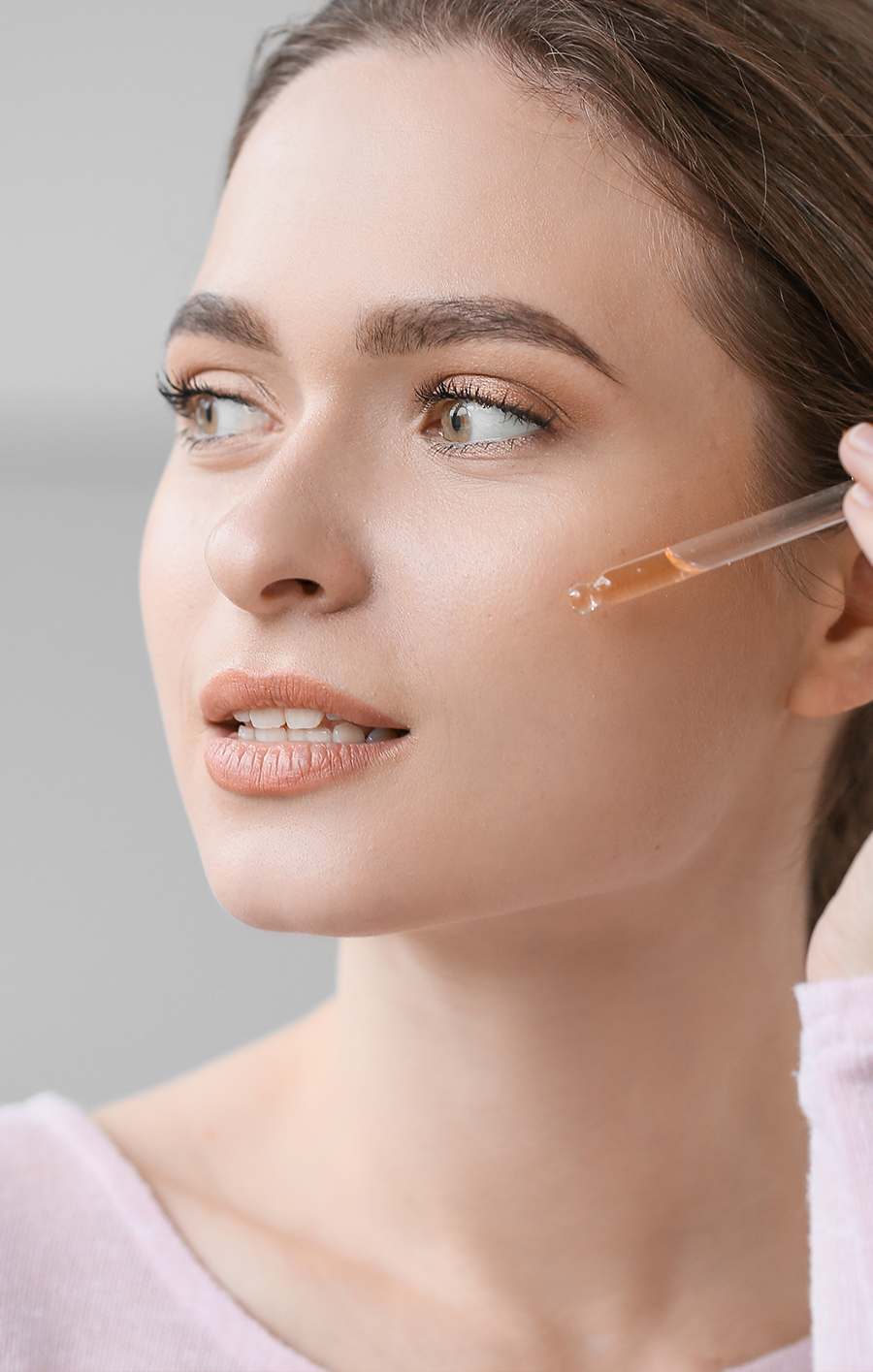
Leave a comment